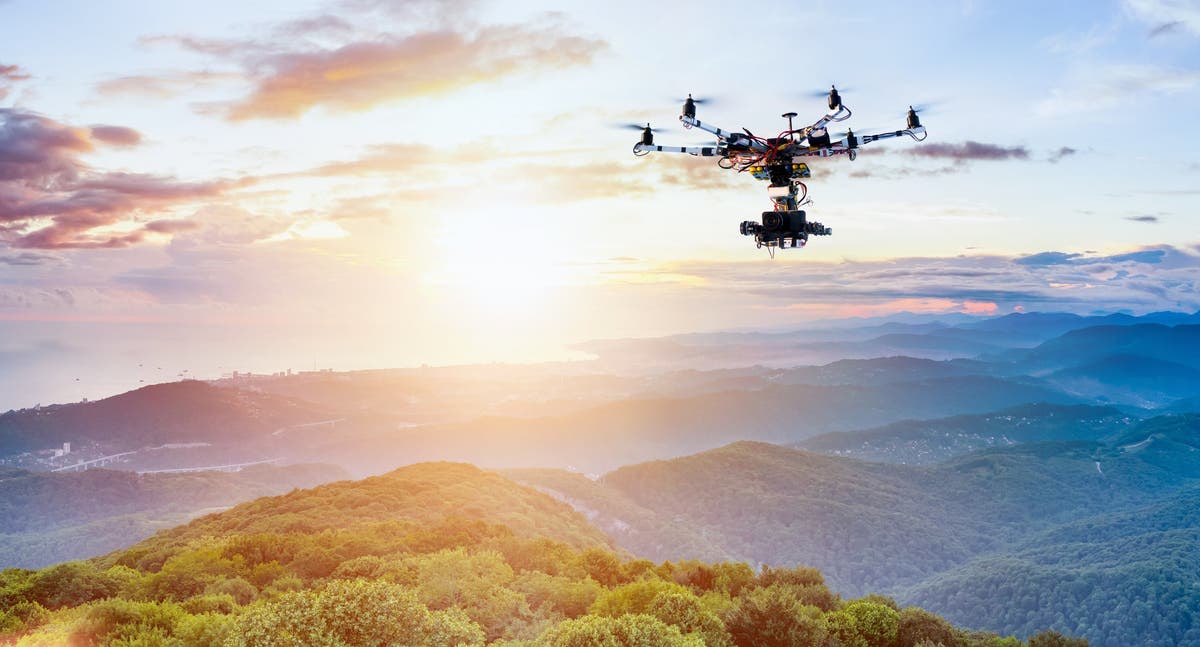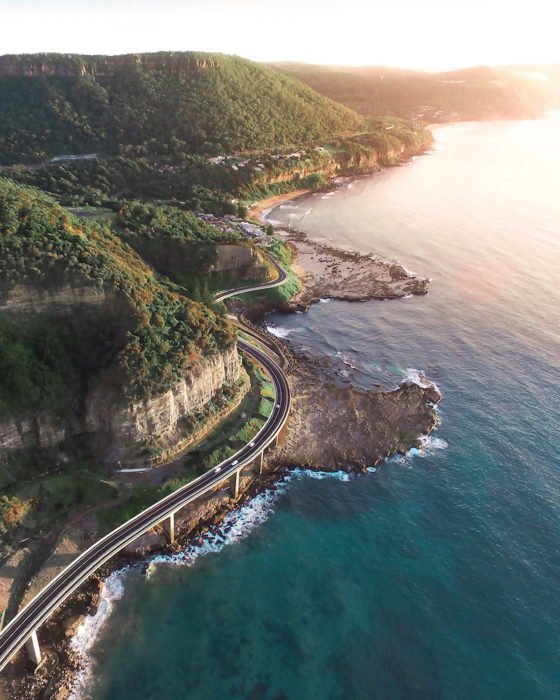Transform Your Viewpoint: The Art and Scientific Research Behind Drone Photography
Drone photography stands for a substantial junction of creative vision and technical technology, enabling designers to record perspectives previously unattainable. Recognizing the technicians of drone modern technology, from tools selections to structure techniques, is necessary for accomplishing engaging images (aerial photographer spokane). What truly differentiates efficient drone photography from mere airborne pictures?
Recognizing Drone Modern Technology
Recognizing drone innovation is necessary for any person thinking about utilizing its capabilities for digital photography. Drones, or unmanned airborne cars (UAVs), rely upon a mix of equipment and software to achieve trip and capture imagery. At their core, these tools are geared up with sensing units, cameras, and navigation systems that enable them to fly autonomously or be regulated remotely.
The main parts of drone technology include the trip controller, which acts as the mind of the drone, refining data from various sensing units to make certain steady trip. Additionally, general practitioner technology plays a vital role in navigation, enabling drones to follow pre-defined flight courses and preserve their placement also in challenging conditions.

Furthermore, understanding the governing landscape surrounding drone use is crucial, as it controls where and exactly how drones can be operated, making sure safety and security and conformity. Experience with these facets of drone technology encourages digital photographers to optimize their innovative capacity while sticking to lawful standards.
Essential Devices for Drone Digital Photography
Choosing the appropriate equipment is critical for achieving outstanding results in drone photography. At the heart of this configuration is the drone itself, which need to be picked based on flight stability, video camera top quality, and ease of usage. Popular versions often feature integrated high-definition cameras that capture magnificent airborne pictures.
In enhancement to the drone, purchasing a premium camera is vital. Several drones come equipped with cameras efficient in shooting in 4K resolution, however, for professional-grade outcomes, take into consideration a drone that permits for compatible cameras or supports larger sensors. This adaptability can dramatically improve picture quality.
Stabilization is one more crucial component. A three-axis gimbal is recommended for smooth video footage, decreasing vibrations that can detract from photo clearness. Extra batteries and a dependable charger guarantee extensive trip time, enabling for even more detailed shoots (drone photographer).
Grasping Make-up Strategies
Understanding composition techniques is fundamental to elevating your drone digital photography from common to extraordinary. A well-composed image captures the customer's interest and shares an effective narrative.
One of the important concepts to take into consideration is the guideline of thirds, which involves separating your framework into a grid of 9 equivalent components. Positioning crucial elements along these lines or at their intersections creates visual passion and balance. Furthermore, leading lines can lead the customer's eye through the photograph, accentuating the subject and adding depth.
Another effective method is framing, where natural aspects such as structures or trees encase the topic, improving the focal factor. This method not only gives context but also creates a feeling of intimacy within the scene.

Finally, always be mindful of the perspective line. An uneven perspective can take away and visit the website distract from an or else fascinating picture. By mastering these composition strategies, you can substantially improve the impact of your drone photography.
Lights and Climate Factors To Consider
In drone photography, the interaction of illumination and climate can significantly affect the high quality and state of mind of your images. Optimum lighting problems are vital; the golden hours-- shortly after sunrise and prior to sunset-- provide soft, diffused light that boosts look here shades and minimizes extreme darkness. During these times, the landscape appears a lot more vivid and vibrant, permitting breathtaking airborne shots.
Alternatively, cloudy skies can produce a flat, muted palette, yet they can likewise supply even lighting that decreases comparison and highlights details in the atmosphere. This can be helpful for capturing textures in city settings or intricate patterns in nature.
Climate condition, such as haze, snow, or rainfall, can also include unique aspects to your photography. Haze can create a feeling of mystery, while rainfall can enhance shades and fill the landscape. It is vital to consider the safety and security of your drone; flying in negative weather condition conditions can lead to devices damages or loss of control.
Ultimately, recognizing exactly how illumination and weather condition impact your aerial shots permits you to choose the optimal problems for your drone digital photography, ensuring engaging and aesthetically striking pictures.
Post-Processing Advice
After recording spectacular aerial photos, the next step includes refining those shots via post-processing. This vital phase boosts the aesthetic influence of your photographs, allowing you to highlight the unique perspectives that drones give.
Beginning with software application devices like Adobe Lightroom or Photoshop, which provide durable editing capacities. Begin by remedying direct exposure and white balance to guarantee that your colors show up realistic. Use histogram checks to attain optimum brightness degrees, preventing overexposure or loss of detail in shadows.
Following, boost contrast to add depth to your images. Readjusting clarity can develop crucial details without introducing noise, which is especially valuable in airborne shots where structure plays a substantial role. Do not shy away from chopping; this can help focus the customer's interest on the major topic.
Color grading is one more effective tool. Explore saturation and vibrance to make the landscape pop, yet use these modifications judiciously to keep a natural look. Finally, think about using a mild vignette to guide the visitor's eye towards the center of the photo. By understanding these post-processing techniques, you can elevate your drone digital photography to new heights.
Verdict

What really differentiates effective drone digital photography from simple airborne snapshots? Several drones come outfitted with video cameras qualified of shooting in 4K resolution, but for professional-grade results, think about a drone that enables for compatible cameras or supports bigger sensing units. By grasping these make-up techniques, you can substantially enhance the effect of your drone photography.
In drone digital photography, the interaction of lighting and climate can drastically influence the quality and mood of your photos (drone photographer). By grasping these post-processing strategies, you can raise your drone photography to new heights